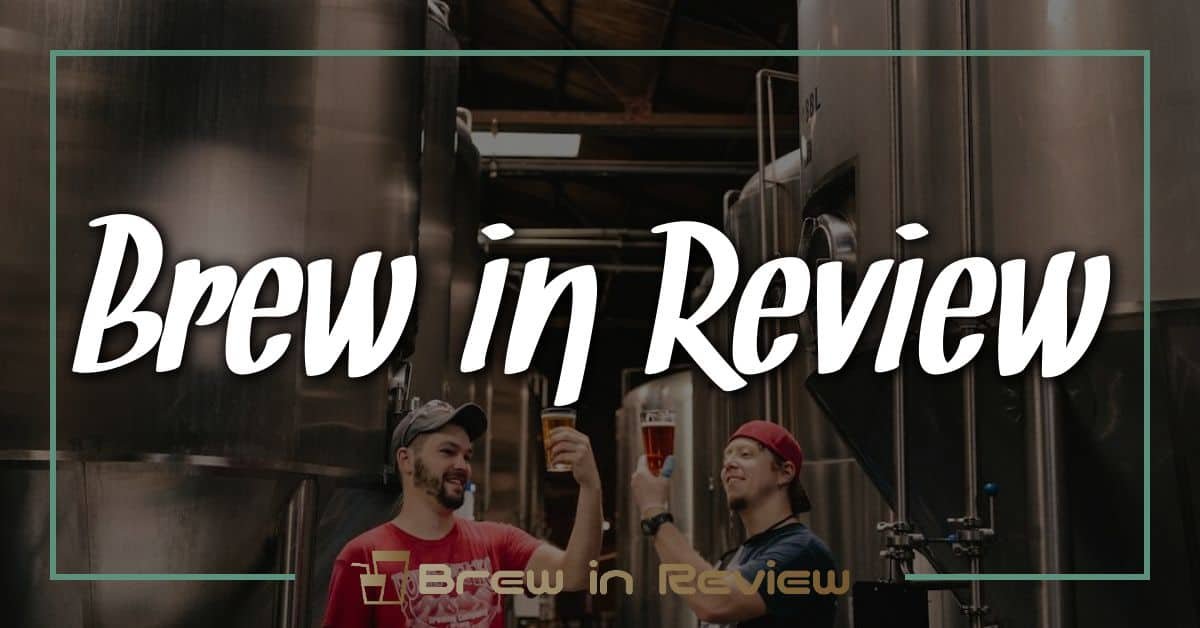There’s something magical about the aroma of fresh hops, and wet hopping brings that enchantment right into the brewing process. As a brewer, I’ve always been fascinated by how these vibrant green cones can transform a beer’s flavor profile. Using fresh hops instead of dried ones opens up a world of possibilities, creating brews that burst with unique, fresh characteristics.
Overview of Wet Hopping
Wet hopping involves using fresh hops, harvested around the same time as brewing. This method differs significantly from dry hopping, where hops are dried and processed before use. The freshness of wet hops introduces a unique complexity to the beer, showcasing bright flavors and aromas.
I often brew with fresh hops during the peak harvest season, typically between late summer and early autumn. During this time, I enjoy visiting local farms to select the best hops. The immediate use of fresh hops within 24 hours of picking ensures their flavors remain vibrant, enhancing the beer’s profile.
Wet hopping offers specific benefits. The moisture content in fresh hops contributes to a different mouthfeel and a lush, aromatic character. It enhances the beer’s overall freshness, translating into floral notes and green herb characteristics. Each brew I create with wet hops unveils new dimensions of taste, making it an exciting practice.

I typically use wet hops in recipes for pale ales, IPAs, and session beers. The fresh hop aroma and flavor invite drinkers to experience a taste of the harvest. My enthusiasm for wet hopping stems from its ability to connect brewers directly with the raw ingredients, making each batch a meaningful reflection of the season.
Benefits of Using Fresh Hops
Using fresh hops in brewing offers distinct advantages that elevate the overall quality of the beer. The immediate infusion of vibrant flavors and aromas sets wet hopping apart from traditional techniques.
Flavor Profiles
Flavor profiles from fresh hops display a vividness often absent in dried hops. I enjoy the bright, green nuances that fresh hops contribute, enhancing citrus, pine, and herbal notes. Varieties like Cascade or Citra impart zesty grapefruit and tropical fruits, offering a freshness that excites the palate. These flavor characteristics remain bold and lively, creating a more dynamic tasting experience.
Aroma Characteristics
Aroma characteristics of fresh hops create an inviting bouquet that entices the senses. The moment I open crushed fresh hop cones, the aromatic complexity is apparent, with distinct grassy and floral elements. This freshness imparts an unforgettable scent that complements the beer’s palate, ensuring a well-rounded experience. The aromatic advantages shine particularly in aromatic styles like IPAs, where the essence of seasonal ingredients truly comes through, making each batch unique and expressive.
The Wet Hopping Process
Wet hopping adds a unique dimension to brewing that I find incredibly exciting. The process begins with harvesting fresh hops, followed closely by brewing techniques that harness the full potential of these vibrant cones.
Harvesting Fresh Hops
I often make trips to local farms during the hop harvest season. The enthusiasm I feel while selecting the freshest hops is unmatched. I aim to pick hops within 24 hours of my brewing session to ensure peak freshness. Fresh hops contain about 90% water, which contrasts with dried hops, adding unique complexities to the beer. The varieties available during this time, like Cascade and Citra, burst with flavors that can enhance citrus and tropical notes. The unmistakable green aroma of fresh hops fills the air, making this hands-on process truly rewarding.
Brewing Techniques
Incorporating wet hops requires specific brewing techniques. I generally add them during the whirlpool stage to maximize aroma retention. Adding fresh hops later in the process preserves the bright flavors and prevents bitterness from overpowering the beer. I also recommend adjusting the hop quantities based on the moisture content; less can often deliver more expressive results. Utilizing wet hops in pale ales, IPAs, or session beers results in a flavor profile that’s lively and seasonal. This practice not only connects me with the raw ingredients but also allows each batch to reflect the unique character of the harvest.
Types of Hops Suitable for Wet Hopping
When it comes to selecting hops for wet hopping, certain varieties shine with their unique characteristics. I’ve found that several hop varieties excel in fresh applications, each contributing distinct flavors and aromas to the beer.
- Cascade
- Cascade hops offer a balanced profile with floral and citrus notes, particularly grapefruit. Their vibrant character enhances pale ales.
- Citra
- Citra hops deliver intense tropical fruit flavors, including passionfruit and lime. These fresh cones create a refreshing quality in IPAs and session ales.
- Amarillo
- Amarillo hops bring a mix of orange and floral earthiness. Their unique qualities shine in pale ales and IPAs, heightening the beer’s complexity.
- Centennial
- Centennial hops provide a punchy citrus aroma with a hint of floral essence. They’re versatile and work well in various styles like IPAs and amber ales.
- Simcoe
- Simcoe hops feature pine and earthy qualities, with notes of apricot. They’re excellent for adding depth and freshness to hop-forward beers.
- El Dorado
- El Dorado hops contribute bright, juicy fruit flavors, such as pear and watermelon. These hops create a lively and crisp profile in lagers and IPAs.
- Nelson Sauvin
- Nelson Sauvin hops offer distinctive white wine and stone fruit flavors. Their aromatic complexity works beautifully in lighter ales and hybrid styles.
Using these hop varieties straight from the harvest amplifies the essence of seasonal brewing. Each type enhances the final product, ensuring a fresh and vibrant flavor profile that dried hops simply can’t replicate. By experimenting with different combinations, I can craft unique brews that reflect the unique characteristics of each harvest.
Conclusion
There’s something truly magical about wet hopping that makes brewing feel alive and vibrant. The connection to the land and the season is palpable when I pick fresh hops straight from the farm. Each batch I create tells a story of that moment in time with flavors that are nothing short of extraordinary.
Using fresh hops transforms my beers into unique experiences that celebrate the essence of the harvest. Whether it’s a bright IPA or a refreshing pale ale, the addition of wet hops always brings a smile to my face. I can’t wait to keep exploring this exciting brewing technique and sharing those delightful flavors with fellow beer lovers.




